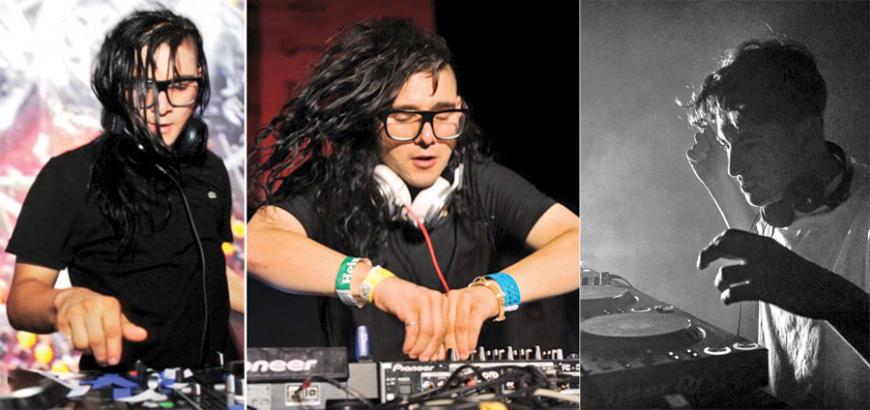
It is pretty much accepted that what is good art, and by extension, good music is quite subjective. No matter what level or lack of skill is involved, not everyone will universally like or hate a genre of music. However, while this is still true, every once in a while, there comes a genre that the general public will be more divisive on than others. For the early 2010s, this was Dubstep, the much-reviled genre of music that continued to remain in the forefront of music despite the vocal derision. Though it has fallen off the mainstream since, it is notable that it managed to outlive the hate against it and to this day continues as a major subgenre of electronic music.
Dubstep
 As with most music in the mainstream, Dubstep has a lengthy and coloured history long before its peak in popularity. Originating in the UK during the early 2000s, Dubstep started out as a small indie music movement splitting off from the UK electronic scenes like UK Garage and Grime. The genre is often characterised by off - beat rhythmic patterns and low frequencies as well the iconic and distinctive wobble or ‘wub wub’ sounds. Despite the current stereotype associated with the genre, Dubstep started out with a more atmospheric minimalist sound. However, what attracted the mainstream to Dubstep was when it evolved to adopt a more abrasive and ‘filthy’sound that is more felt than heard. This evolution and subsequent popularity of that divergence caused a rift in the Dubstep community; between ‘Chillstep’, the traditional Dubstep variant, and ‘Brostep”, an initially derogatory term referring to the fratbro type fanbase of its harsher formulaic version.
As with most music in the mainstream, Dubstep has a lengthy and coloured history long before its peak in popularity. Originating in the UK during the early 2000s, Dubstep started out as a small indie music movement splitting off from the UK electronic scenes like UK Garage and Grime. The genre is often characterised by off - beat rhythmic patterns and low frequencies as well the iconic and distinctive wobble or ‘wub wub’ sounds. Despite the current stereotype associated with the genre, Dubstep started out with a more atmospheric minimalist sound. However, what attracted the mainstream to Dubstep was when it evolved to adopt a more abrasive and ‘filthy’sound that is more felt than heard. This evolution and subsequent popularity of that divergence caused a rift in the Dubstep community; between ‘Chillstep’, the traditional Dubstep variant, and ‘Brostep”, an initially derogatory term referring to the fratbro type fanbase of its harsher formulaic version.
In addition to the general dislike of Techno/Electronic music of the time, the vast majority of the hate of Dubstep came from the Brostep variant. Hated by traditional music fans for being electronic, hated by general music fans for being abrasive and harsh, hated by the existing Dubstep fan base from being different from what it used to be and even hated by some Brostep fans for becoming more popular and formulaic with time; Brostep has not had the best reputation. This was not helped with the rise of Skrillex becoming the face of Dubstep. With his brand of Brostep becoming the only exposure most would have to Dubstep, the assumption that Skrillex is all there is to Dubstep is a popular one.
Out of mainstream
Overtime, however, Dubstep has fallen out of the mainstream. Where it used to be heavily featured in many mainstream channels like movie trailers and backing tracks for vocal artistes of other genres, now, even the most popular of Dubstep artistes have moved past it. Dubstep stars like Skrillex and industry Pioneers like Skream have moved on from the genre into other electronic music movements, even starting new ones themselves.
Currently, Dubstep is in a better place. It may not be as popular as it used to be, but its impact on EDM and electronic music as a hole is indisputable. New Dubstep artistes and tracks continue to sell and platforms like Spotify allow them to reach audiences without the adverse response it would have gott before. There will always be backlash to the popularity of something new, the current victim of this being Kpop. But with the internet creating a more accepting environment for the different, Dubstep and by extension new music, will not be met with the same level of vitriol and hate that it used to get.

